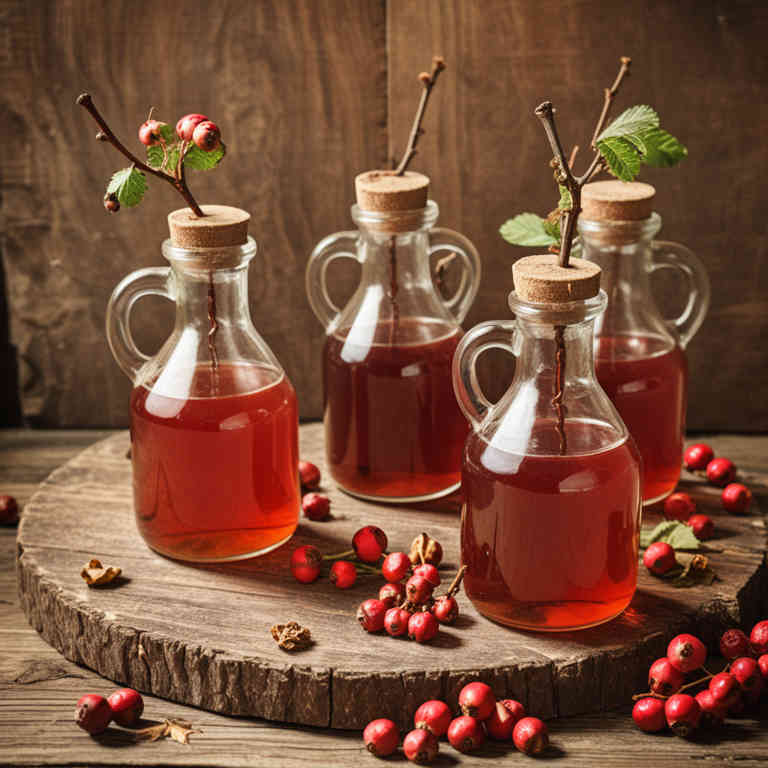Crataegus monogyna syrup for medicinal use

Crataegus monogyna syrup is a herbal preparation made from the flowers and berries of the hawthorn tree, known for its cardiovascular benefits.
It is commonly used in herbalism to support heart health, reduce anxiety, and improve circulation. The syrup is typically prepared by extracting the plant material with alcohol or honey, allowing the active compounds to be concentrated. In traditional medicine, it is often used to treat conditions such as hypertension and mild heart arrhythmias.
Its calming effects also make it a popular remedy for stress-related disorders.
Uses
Crataegus monogyna syrup has been used to support cardiovascular health and alleviate symptoms of heart-related conditions for centuries.
Historically, it was a staple in traditional European herbal medicine, where it was valued for its ability to ease angina and improve circulation. In traditional use, the syrup was often prepared from the flowers and leaves of the hawthorn tree, which was believed to have calming and strengthening effects on the heart. Modern research has validated some of these traditional uses, showing that the syrup may help regulate blood pressure and reduce stress on the heart.
Today, it is used in complementary medicine to support heart function and manage mild cardiovascular symptoms.
Benefits
Crataegus monogyna syrup has health benefits such as improving cardiovascular health, reducing anxiety, and supporting digestive function.
It is traditionally used to promote heart health by strengthening the heart muscle and improving blood circulation. The syrup may also help in managing symptoms of mild depression and insomnia due to its calming effects. It is known to aid in reducing high blood pressure and enhancing overall well-being.
This herbal preparation is often recommended for its natural ability to support emotional and physical health.
Constituents
Crataegus monogyna syrup active constituents include flavonoids, proanthocyanidins, ursolic acid, and cardiotonic glycosides.
These compounds contribute to its traditional use in supporting cardiovascular health. Flavonoids and proanthocyanidins act as antioxidants, helping to neutralize free radicals in the body. Ursolic acid has anti-inflammatory and potentially anti-cancer properties.
Cardiotonic glycosides may support heart function by improving cardiac muscle contraction.
Preparation
To make Crataegus monogyna syrup, start by gathering fresh or dried berries from the hawthorn plant.
Wash the berries and crush them to release their juices. Combine the crushed berries with water in a pot and simmer for about 15 minutes to extract the flavors and active compounds. Strain the mixture through a fine mesh or cheesecloth to remove solids.
Finally, add sugar or a sweetener of your choice to taste and reduce the mixture over low heat until it reaches a syrupy consistency.
Side Effects
Crataegus monogyna syrup may lead to gastrointestinal discomfort, including nausea, vomiting, and diarrhea, especially when taken in high doses.
It can also cause dizziness or headaches in some individuals due to its effects on blood pressure and heart rate. Prolonged use might result in interactions with medications, particularly those affecting the heart or blood pressure. People with diabetes should monitor their blood sugar levels closely, as the syrup may influence glucose metabolism.
It is important to consult a healthcare professional before using this preparation, especially for individuals with pre-existing medical conditions.